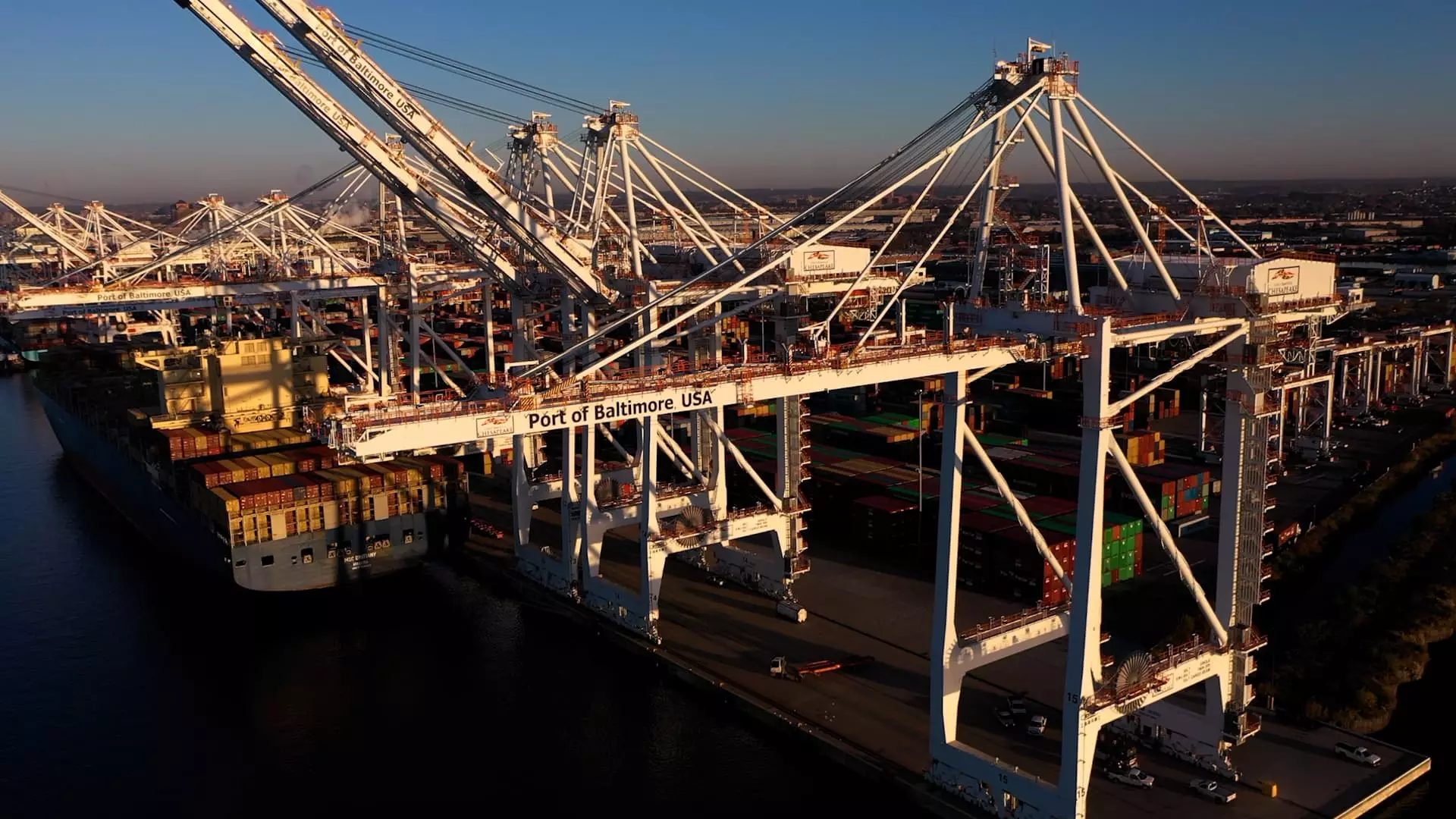U.S. ports are undergoing significant upgrades to their cargo handling infrastructure thanks to multimillion dollar grants provided by the Biden administration. These grants are part of a larger $21 billion commitment to modernize port infrastructure across the United States. Midsize port cities, including Baltimore, have been designated as recipients of these grants to facilitate necessary improvements.
Baltimore’s Grant and Offshore Wind Manufacturing Hub
In November, the Port of Baltimore was awarded a sizable $47 million grant to jumpstart the development of an offshore wind manufacturing hub, alongside other enhancements. One notable use of the funds will be towards constructing a new berth or dock specifically designed for rolling cargo. Baltimore currently serves as the primary destination for rolling cargo imports in the United States. This category includes essential farm machinery from John Deere and light-duty vehicles from BMW, according to the Maryland Port Administration.
An impressive sum of over $653 million in Port Infrastructure Development Program grants was distributed to various U.S. ports in 2023 by the U.S. Department of Transportation and Maritime Administration. Aside from Baltimore’s grant, other projects receiving federal funds include the Port of Tacoma Husky Terminal Expansion in Washington state ($54.2 million) and the North Harbor Transportation System Improvement Project in Long Beach, California ($52.6 million). It is evident that across the nation, ports are readying themselves for increased volumes of cargo and shipping demands.
Additional Support from Environmental Protection Agency and Department of Defense
Apart from direct government grants, ports are also receiving support from other government agencies. The Environmental Protection Agency, for instance, provides funds to combat truck idling, contributing to overall air quality improvement around port facilities. Meanwhile, the U.S. Department of Defense is undertaking dredging projects along the East Coast to allow for the accommodation of larger ships. These combined efforts aim to enhance the efficiency and capacity of ports.
As maritime economists point out, Baltimore’s thriving port is not an isolated case. Experts argue that several gateways along the U.S. southeast coast are handling increased cargo as major entry points experience congestion from truck traffic. Walter Kemmsies, Managing Partner at the Kemmsies Group, a maritime economics consulting firm, emphasizes how port upgrades and expansions make them more attractive to ocean carriers. The ability to swiftly and efficiently load and unload cargo at various ports is highly desirable to these carriers. Therefore, many ports along the East Coast are currently upgrading their infrastructure and expanding their capacity.
Ports America, a leading port terminal operator, has partnered with the state of Maryland to manage equipment and operations within sections of the Port of Baltimore. The group states that since the commencement of this partnership in 2010, approximately $550 million has been invested in upgrading the Seagirt Marine Terminal alone. These continuous upgrades build upon previous plans to revive declining industrial cities in the United States. Public officials in Baltimore are not solely focused on port improvements, as they are also addressing bottlenecks along the entire supply chain. Notably, the Howard Street Tunnel expansion project is expected to boost double-stack rail capacity, facilitating seamless transportation of goods between Baltimore and points in the Midwest.
The multimillion dollar grants provided by the Biden administration have breathed new life into U.S. ports, enabling them to modernize and optimize their cargo handling infrastructure. Cities such as Baltimore are witnessing substantial upgrades in their ports, with investments going towards crucial areas like offshore wind manufacturing hubs, expanded berths, and improved storage facilities. These improvements, along with support from other government agencies, aim to enhance the efficiency and capacity of ports across the nation. Furthermore, the growing port cities along the U.S. southeast coast underline the importance of continued investments in port infrastructure to accommodate increasing cargo volumes and alleviate congestion at major entry points. With ongoing collaborations between public and private entities, it is clear that U.S. ports are positioning themselves for future growth and economic prosperity.

Leave a Reply